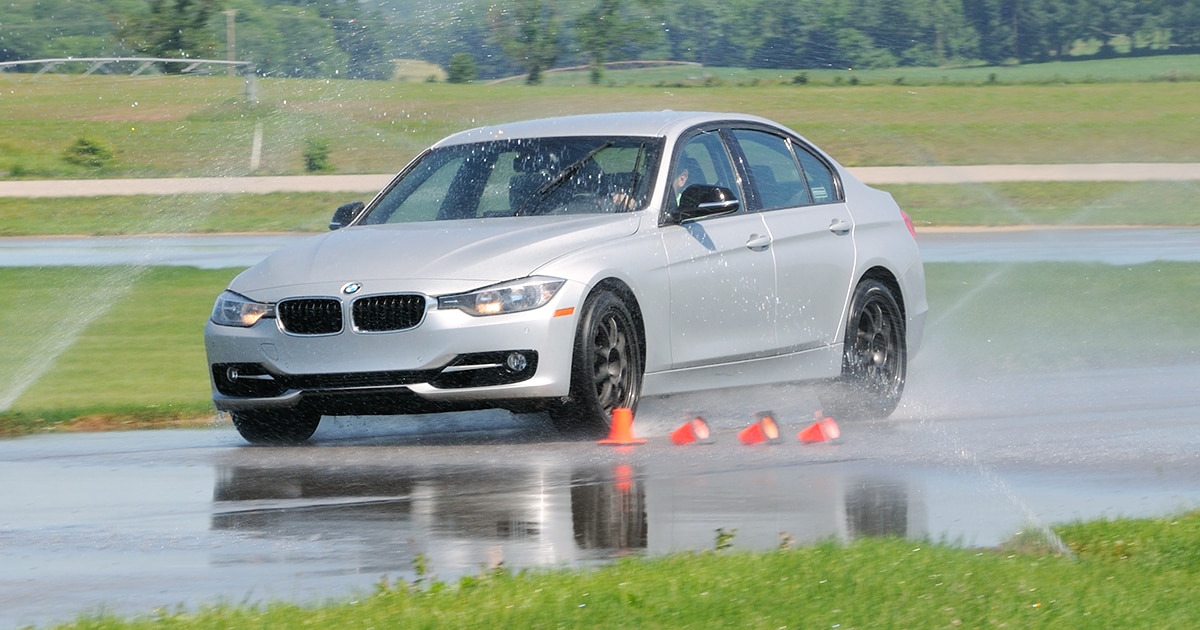On reflection, I think I'll throw my hat in the 'stick with 155 for now' ring.
OP clearly needs at least one tyre asap, with winter approaching.
I think I would:
OP clearly needs at least one tyre asap, with winter approaching.
I think I would:
- get a new pair of 155/80 R13s and stick them on the rear
- if the old rears (or, the best two old tyres) still have reasonable tread, swap them to the front
- get a recommendation for good local indy for four-wheel alignment (note: there is no provision for adjustment on the rear, but would be useful to know what's going on)
- continue to monitor tyre wear once you're reasonably sure the wheels are pointing in the right direction
- shelve the switch to wider tyres to a later date. Something's wrong and it would be best to try to fix it first.


